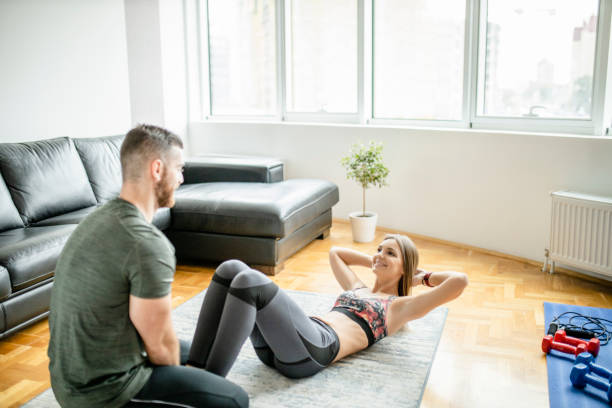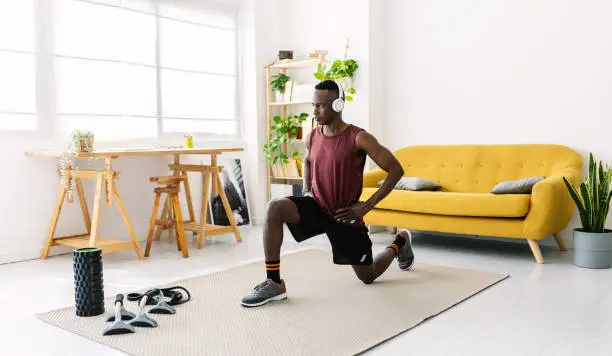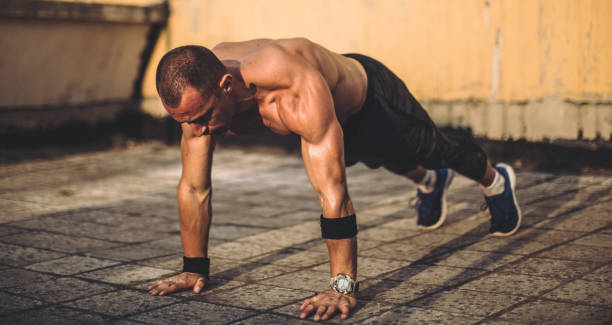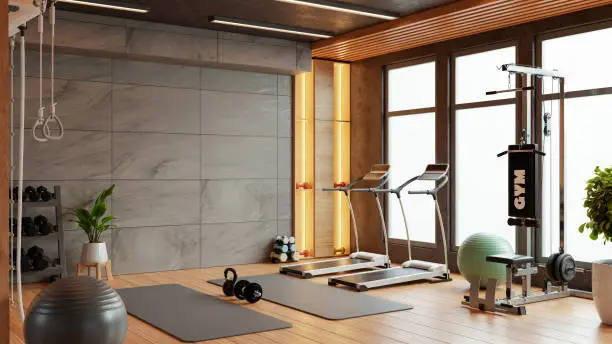When it comes to working out at home, you might think just jumping into your exercises is fine, right? Well, think again! The secret sauce to a successful, injury-free workout lies in your warm-ups and cool-downs. These simple but powerful routines can make or break your fitness journey. Let’s dive deep into the best warm-ups and cool-downs for home workouts that will keep your body happy and healthy.
🔥 Why Warm-Ups and Cool-Downs Matter
The Science Behind Warming Up
Warming up is like sending an invitation to your body, telling it to get ready for the party ahead — aka your workout! When you warm up, you increase blood flow to your muscles, raise your body temperature, and get your nervous system primed for action. This helps reduce the risk of injury and improves your performance.
How Cooling Down Prevents Injury
On the flip side, cool-downs are your body’s way of saying “Thanks for the workout, now let’s chill.” Cooling down helps your heart rate and breathing gradually return to normal. It also prevents muscle stiffness and soreness by flushing out lactic acid and promoting recovery.
💪 Top Warm-Up Exercises for Home Workouts
Dynamic Stretching: The Key to a Great Warm-Up
Dynamic stretches are active movements that prepare your muscles and joints for exercise. Unlike static stretches, which you hold still, dynamic stretches keep your body moving.
Leg Swings and Arm Circles
Swing your legs forward and backward or side to side, loosening those hip joints. Pair it with arm circles to get your shoulders ready — small to big circles, forward and backward.
Torso Twists and High Knees
Twist your torso gently to warm up your core, then pump your knees high as if running in place. This combo gets your heart rate up and awakens your entire body.
Cardio Warm-Ups to Get Your Heart Racing
Jumping Jacks
The classic jumping jack is an all-body warm-up that improves circulation and coordination. Just 30 seconds can make a huge difference.
Jogging in Place
If you don’t have space to move around, jogging in place works perfectly. It’s low impact but raises your heart rate to prime your cardio system.
❄️ Effective Cool-Down Techniques for Home Workouts
Static Stretching for Muscle Recovery
Static stretches help your muscles relax and lengthen after a workout. Hold each stretch for 20-30 seconds without bouncing.
Hamstring and Quad Stretches
Sit on the floor and reach for your toes to stretch hamstrings, then stand and pull one heel to your glutes for quads. These stretches soothe tired legs.
Shoulder and Triceps Stretch
Cross one arm over your chest and hold it with the other, then reach one arm behind your head and gently pull the elbow to stretch the triceps and shoulders.
Breathing Exercises to Relax Your Body
Deep Breathing and Progressive Muscle Relaxation
Focus on slow, deep breaths — in through the nose, out through the mouth. Combine this with tightening and relaxing muscle groups progressively to melt away tension.
🏠 Creating a Warm-Up and Cool-Down Routine at Home
Time Management: How Long Should You Spend?
A good warm-up and cool-down don’t need to be lengthy. Spend 5-10 minutes warming up and 5-10 minutes cooling down. Short, consistent routines are better than skipping them entirely.
Equipment You Can Use or Skip
No fancy gym gear required! A yoga mat, resistance bands, or even a sturdy chair can help, but your bodyweight exercises are powerful enough alone.
🔄 Common Mistakes to Avoid During Warm-Ups and Cool-Downs
Skipping Warm-Ups: Why It’s a Big No
Skipping warm-ups is like driving a car without letting the engine warm up — it stresses your body and invites injury. Don’t rush; give yourself those crucial minutes.
Overstretching in Cool-Downs
Cool-down stretches shouldn’t be painful. Overstretching can cause micro-tears and delay recovery. Ease into stretches and listen to your body.
✅ Benefits of Proper Warm-Up and Cool-Down Practices
Improved Performance
Warming up properly boosts your strength, speed, and endurance. You’ll notice you can push harder and feel more energized.
Reduced Injury Risk
By preparing your muscles and joints, warm-ups and cool-downs dramatically reduce strains, sprains, and cramps.
🧘♂️ Integrating Mindfulness into Your Cool-Down
Mental Relaxation Techniques
End your workout on a peaceful note with mindful breathing or meditation. This helps reduce stress and enhances workout benefits.
Yoga Poses to End Your Workout Calmly
Try gentle yoga poses like Child’s Pose, Cat-Cow, or Legs-Up-The-Wall to calm your nervous system and improve flexibility.
📅 Sample Warm-Up and Cool-Down Routine for Beginners
5-Minute Warm-Up Plan
- 30 seconds jumping jacks
- 30 seconds leg swings (each leg)
- 30 seconds arm circles (forward/backward)
- 30 seconds high knees
- 1-minute torso twists and jogging in place
5-Minute Cool-Down Plan
- 30 seconds hamstring stretch (each leg)
- 30 seconds quad stretch (each leg)
- 30 seconds shoulder stretch (each arm)
- 1 minute deep breathing and progressive muscle relaxation
📝 Conclusion: Make Warm-Ups and Cool-Downs a Habit
Adding warm-ups and cool-downs to your home workout routine isn’t just a good idea — it’s a game-changer. They protect your body, improve your performance, and help you feel better overall. So, next time you grab those dumbbells or roll out your yoga mat, remember to warm up and cool down. Your body will thank you!
❓ FAQs on Warm-Ups and Cool-Downs for Home Workouts
Q1: How important are warm-ups before short workouts?
Warm-ups are crucial even for short workouts because they prepare your muscles and reduce injury risk.
Q2: Can I skip cool-downs if I’m in a hurry?
It’s best not to skip cool-downs; even a few minutes help prevent soreness and aid recovery.
Q3: Are static stretches okay during warm-ups?
Dynamic stretches are better for warming up. Save static stretches for cool-downs.
Q4: How often should I change my warm-up routine?
Switching up your warm-up every few weeks keeps it effective and interesting.
Q5: What if I have limited space at home?
No worries! Many warm-up and cool-down exercises require very little space—think jogging in place or seated stretches.



